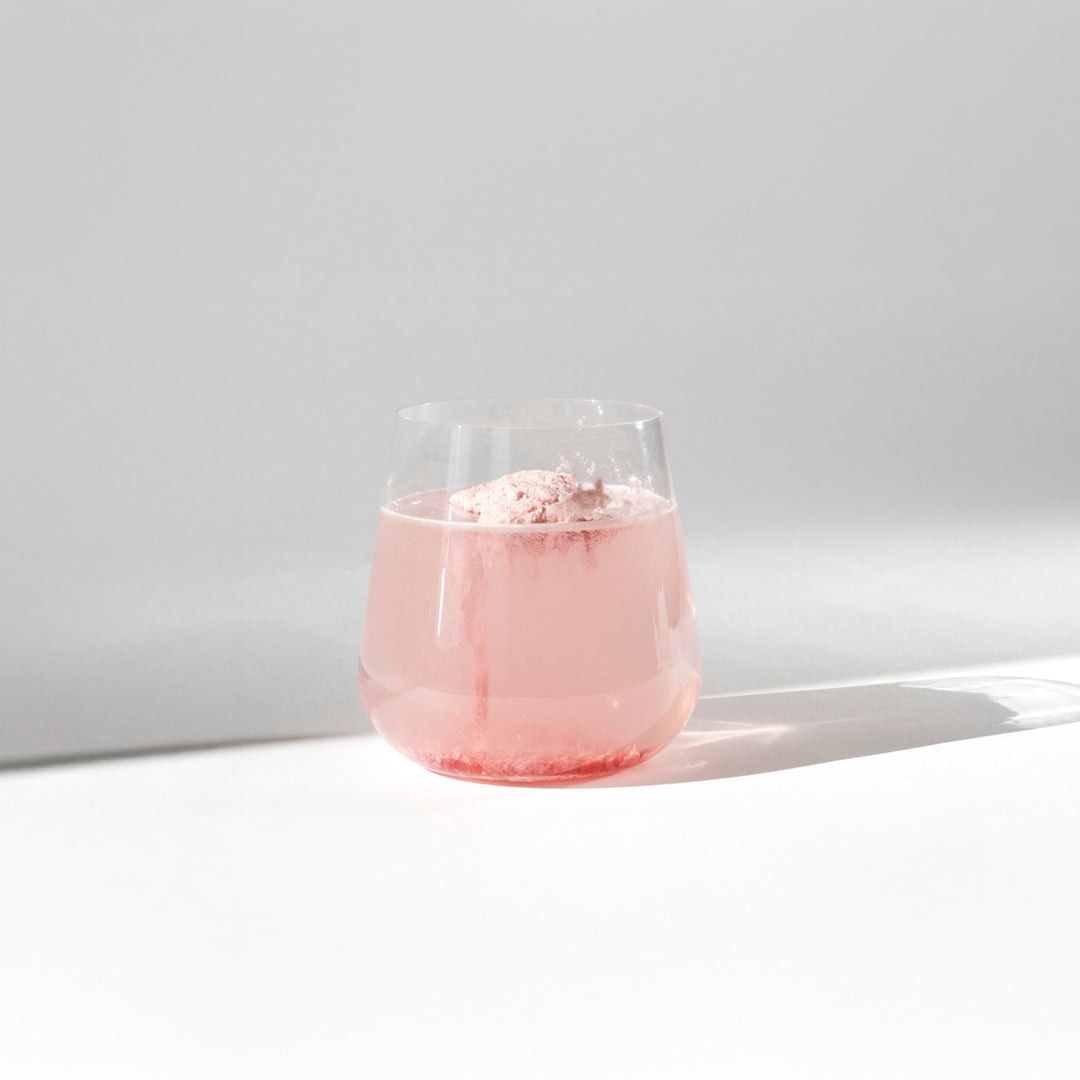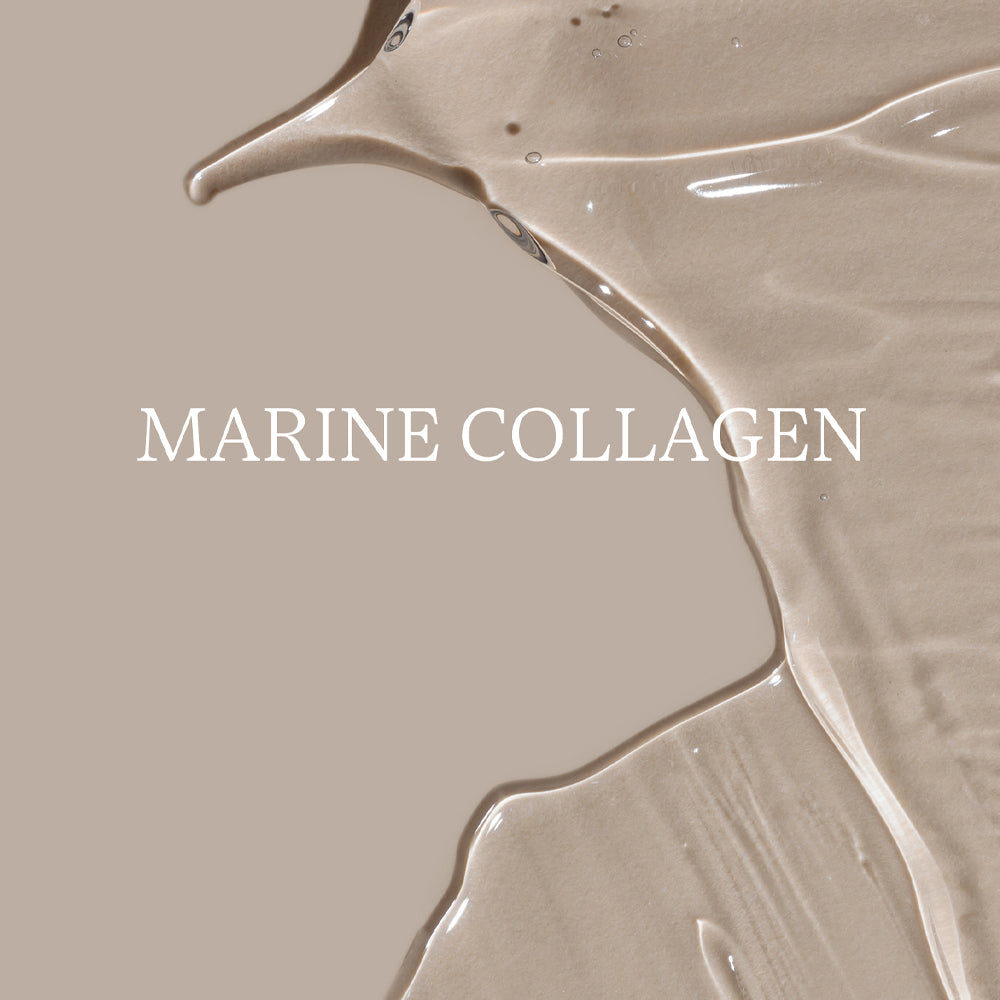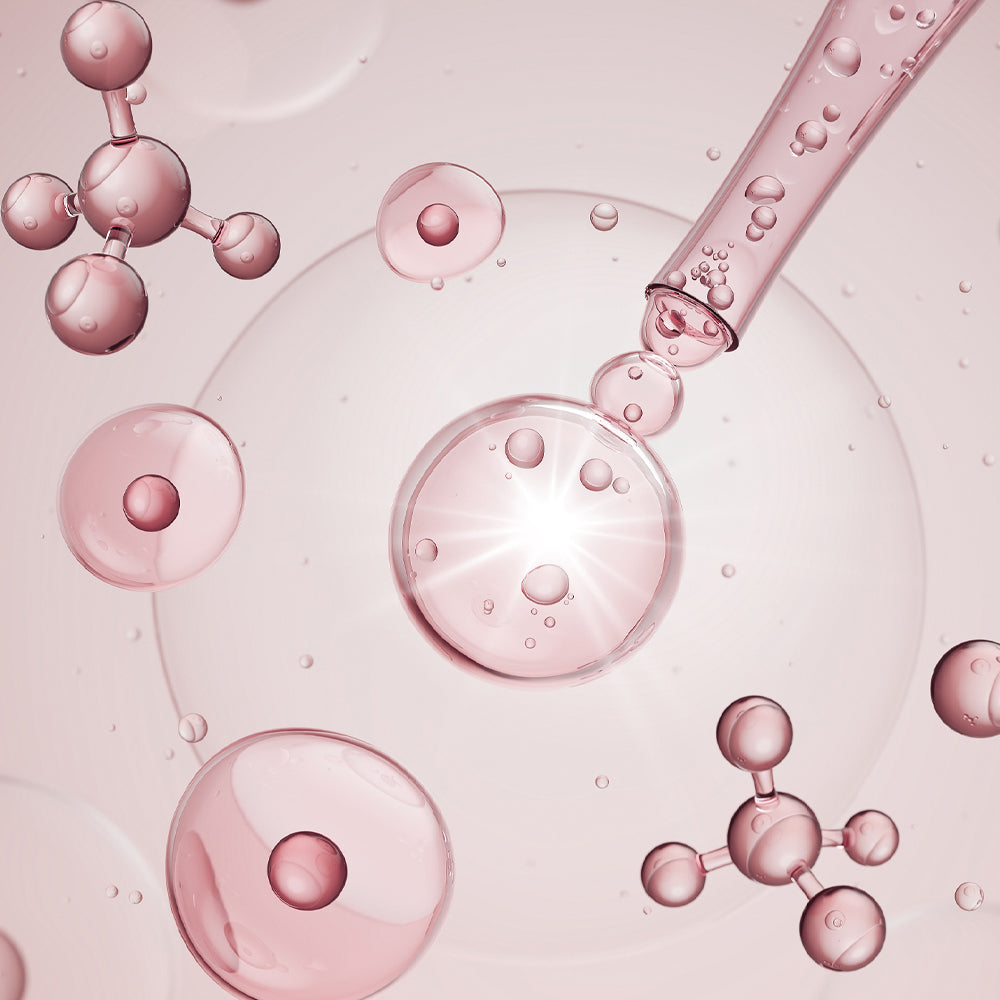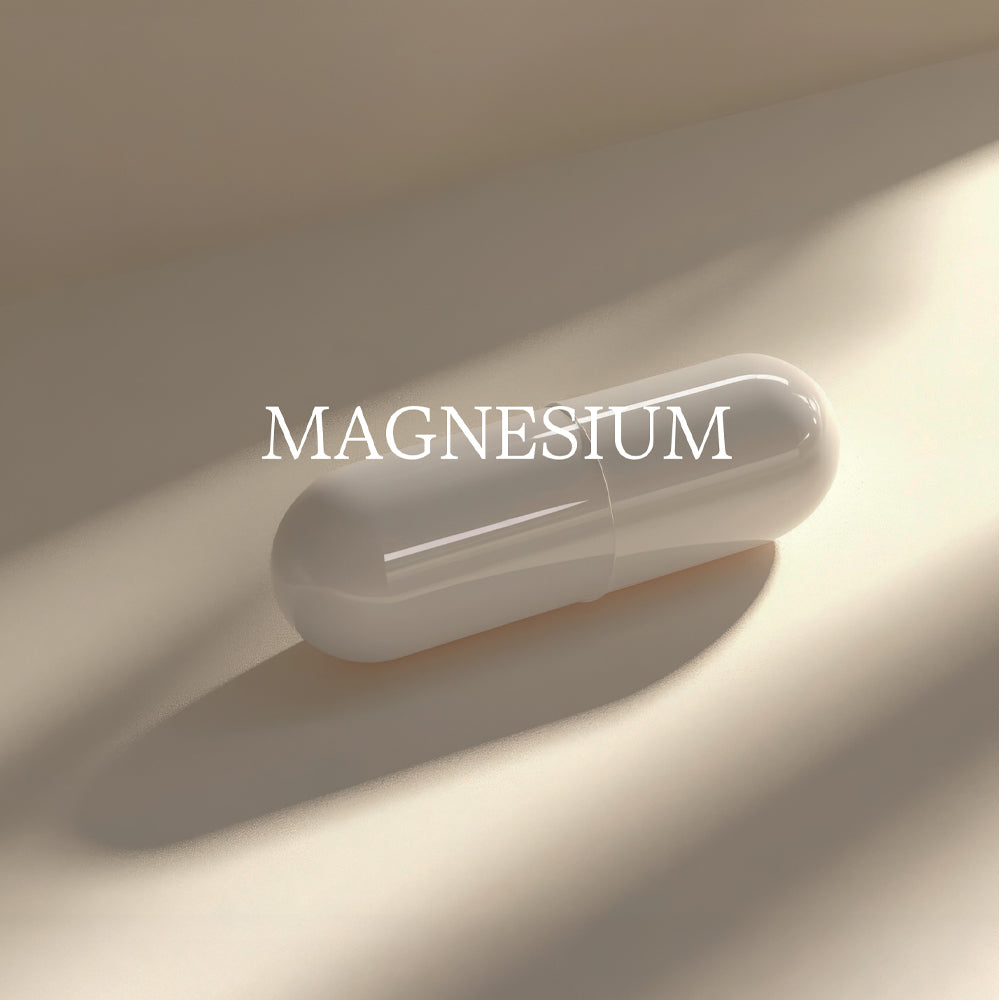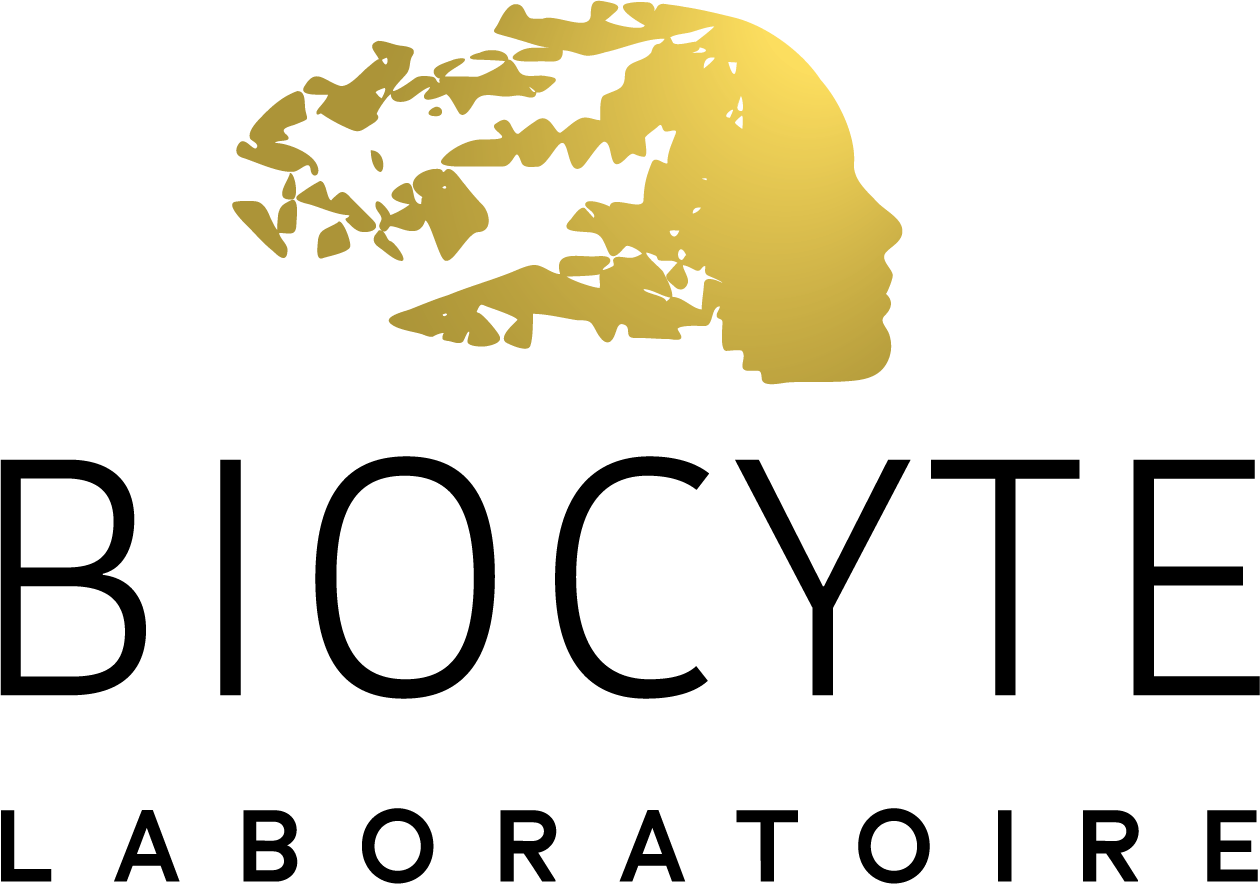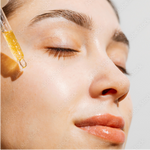Conseils d'expertsWhy are we iron deficient?
By Frédéric Levy, co-founder of Biocyte and doctor of pharmacy
Updated on 23/02/2021
Reading time: 1 min
How to treat iron deficiency?
An important component of hemoglobin and myoglobin, iron is a trace mineral essential for many enzymatic reactions in the body. An iron deficiency can cause a variety of symptoms such as fatigue, increased heart rate, hair loss, and pale skin. Dietary supplements and a targeted diet can help address iron deficiency.
A course of food supplements to stock up on iron
For a
strengthened body , Biocyte offers the
Fe FER Liposomal food supplement . This iron-based formula not only contributes to the normal formation of hemoglobin and red blood cells, but also helps
improve cell oxygenation . This
iron food supplement helps
reduce physiological fatigue thanks to the vitamins C and B12 it contains. The iron contained in this formula is micro-encapsulated for good distribution of the active ingredient throughout the body. Micro-encapsulation allows the iron to pass through the gastric barrier without being damaged in order to be absorbed by the blood.
This dietary supplement from Biocyte is part of the laboratory's
Iron range. It is particularly suitable for women prone to heavy periods and those of childbearing age. Like blood donors, athletes, and people suffering from conditions that cause repeated bleeding, such as hemorrhoids, women also have greater iron needs than the rest of the population. For the iron dietary supplement treatment to be effective, follow the recommended duration of the treatment. If you are pregnant, seek professional advice before consuming the product.
A targeted diet to boost your iron intake
Iron is available in two chemical forms in foods:
- Heme iron is 25% bioavailable and therefore easier for the body to absorb
- Non-heme iron is only 5 to 10% bioavailable. The body absorbs this iron less well from plants, legumes, and oilseeds.
Like any mineral, iron is present in greater or lesser quantities in certain foods such as:
• Cooked black pudding, because 100 g contains 22.8 mg of iron.
• Braised pork liver, because 100 g contains 18 mg of iron.
• Cooked clams, because 100 g contains 15 mg of iron.
• Cooked lamb kidney, 100 g of which contains 12.2 mg of iron.
• Cooked chicken liver, 100g of which contains 10.9mg of iron.
• Cooked periwinkle, because you will benefit from 10.6 mg of iron in 100 g of this meat.
Cereals, sesame seeds, cocoa powder, tofu, and dried pumpkin seeds are all foods that contain iron and are recommended to be included in daily meals, whether you are deficient or not.
For
optimal iron absorption , include more foods rich in
vitamin C in your diet. For example, choose blackcurrants, parsley, lemon zest, raw red peppers, raw green peppers, kiwis, and cereals.
On the other hand, fiber, zinc, calcium, and tannins—highly present in tea—significantly reduce iron absorption. It is therefore strongly recommended not to drink tea close to meals. Despite the various interactions, generally speaking, a healthy, varied, and balanced diet provides sufficient iron and all other essential elements for good health.
Symptoms of iron deficiency
Iron is one of the main components of hemoglobin and the protein that red blood cells use to transport oxygen. Therefore, the first symptoms that appear in cases of iron deficiency are directly related to the lack of oxygen supply to the organs. These signs include a significantly increased heart rate and pale face. Because iron is a component of myoglobin, discomfort inherent to poor muscle function can also be felt. A significant feeling of fatigue and a significant decline in physical performance can occur.


